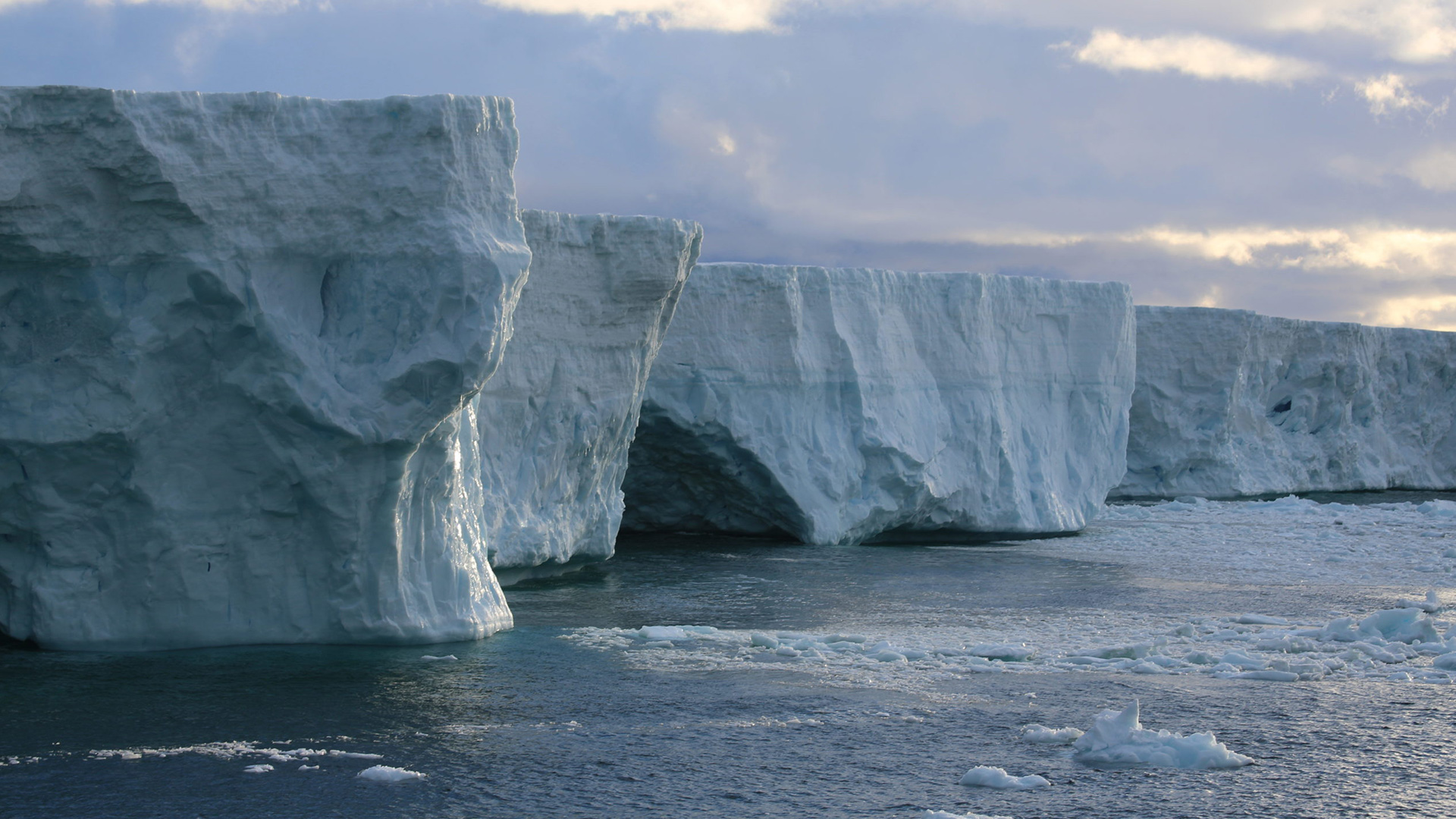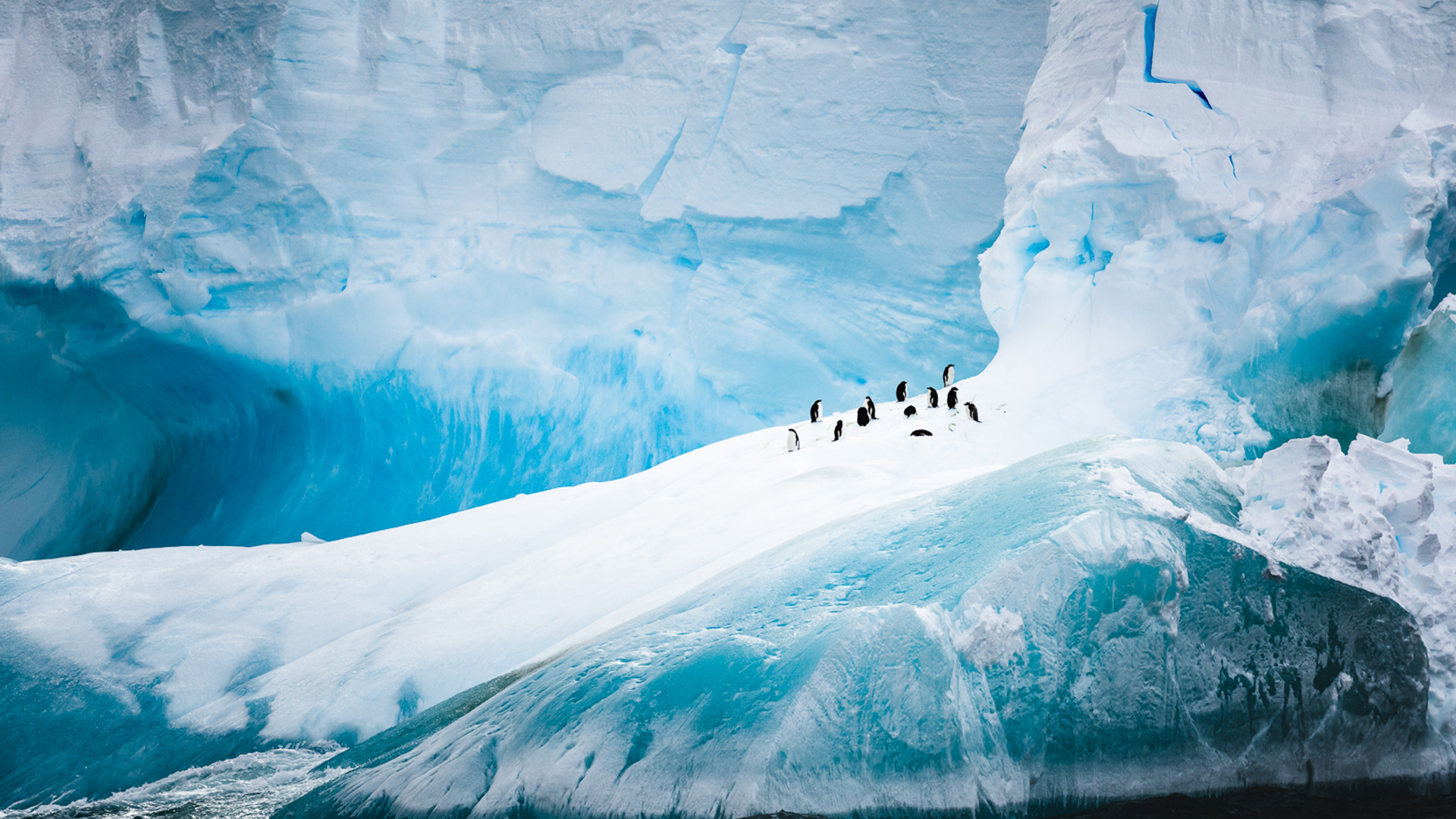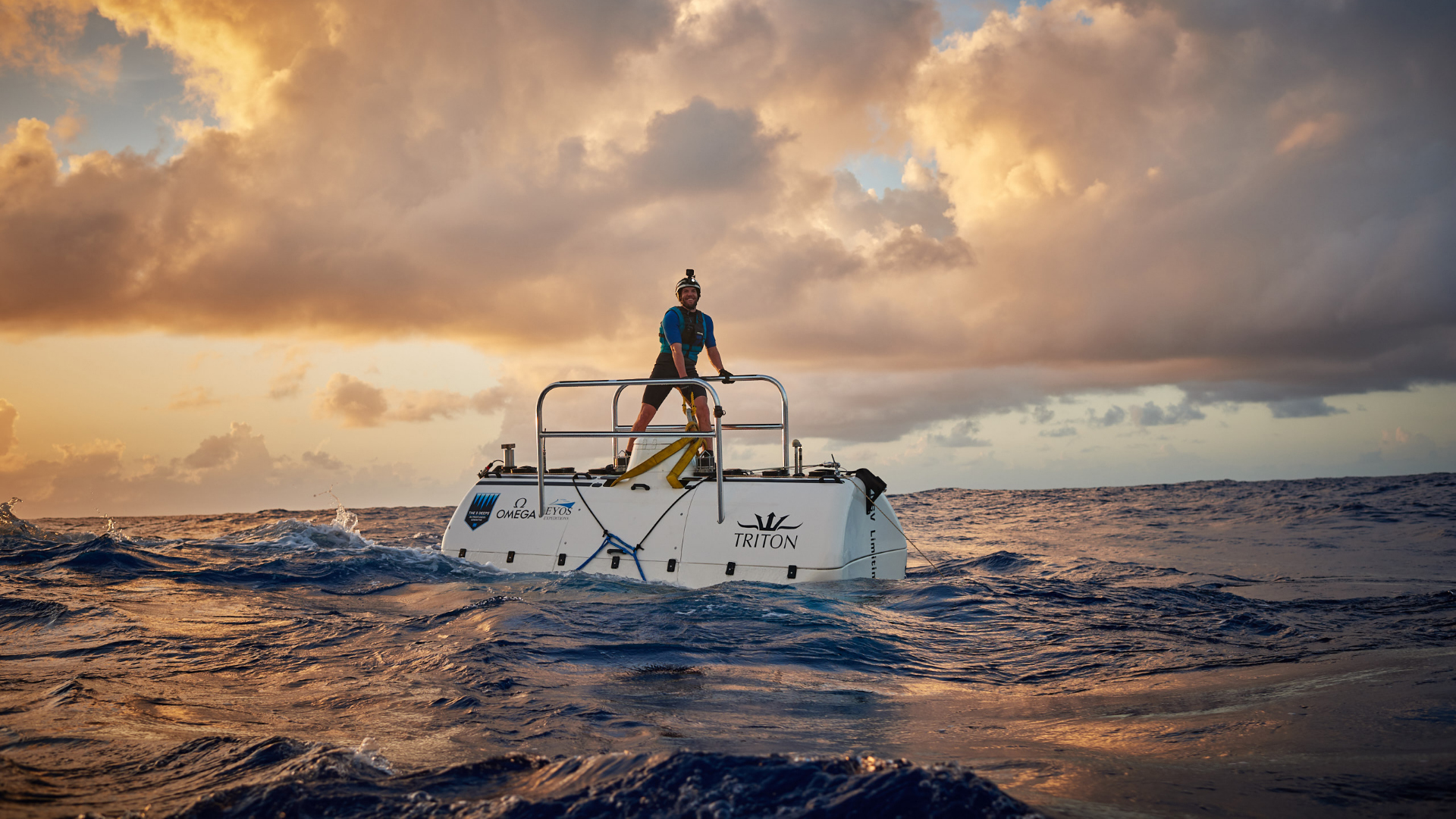Antarctica is one of world’s most remote destinations to which few get the privilege to travel. For those looking to go further off the beaten path, though, the White Continent offers opportunities to delve even deeper into the unknown. The Ross Sea, a deep and biodiverse bay dividing East and West Antarctica, might be the best of these.
Tourism in Antarctica is booming. This year, reports estimate that over 100,000 people will journey to the white continent, a staggering growth from the average 5,000 visitors through the 90s. In spite of this huge leap, the region remains one of the most exclusive and untouched destinations in the world. And though by no means mainstream, the White Continent offers opportunities for those looking to go even further off the beaten. The Ross Sea, a deep and biodiverse bay dividing East and West Antarctica, might be the best of these.
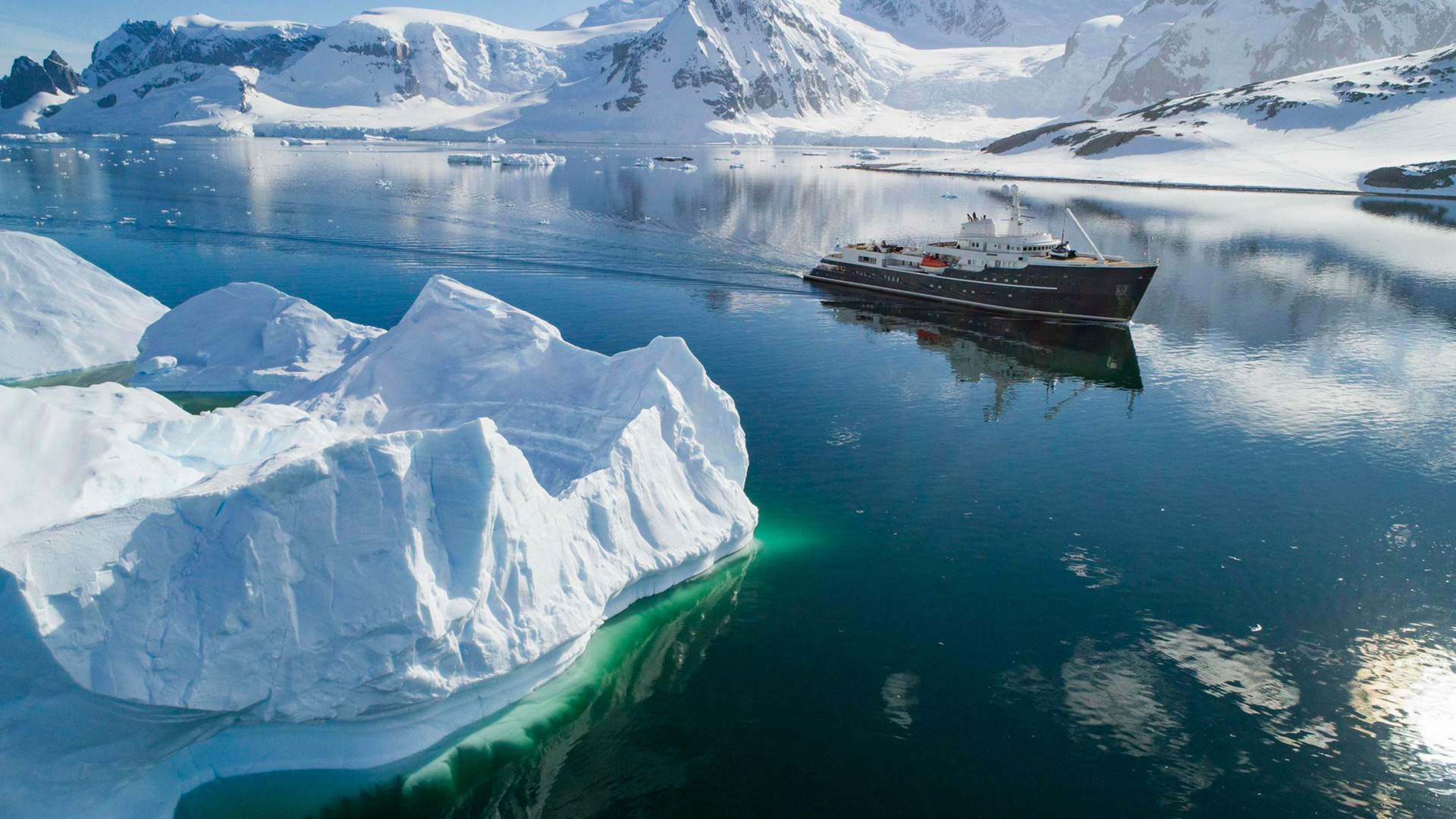
The vast majority of new travelers to the White Continent will visit the Antarctica Peninsula, the icy spit of land extending from the continent and reaching just under 700 miles from the southern edge of Argentina and Chile. Because of its proximity to South America, it has historically been the most accessible and the most visited. It is here that you will find the vast majority of international research stations and where you are most likely to see another ship sailing through the seasonal sea ice.
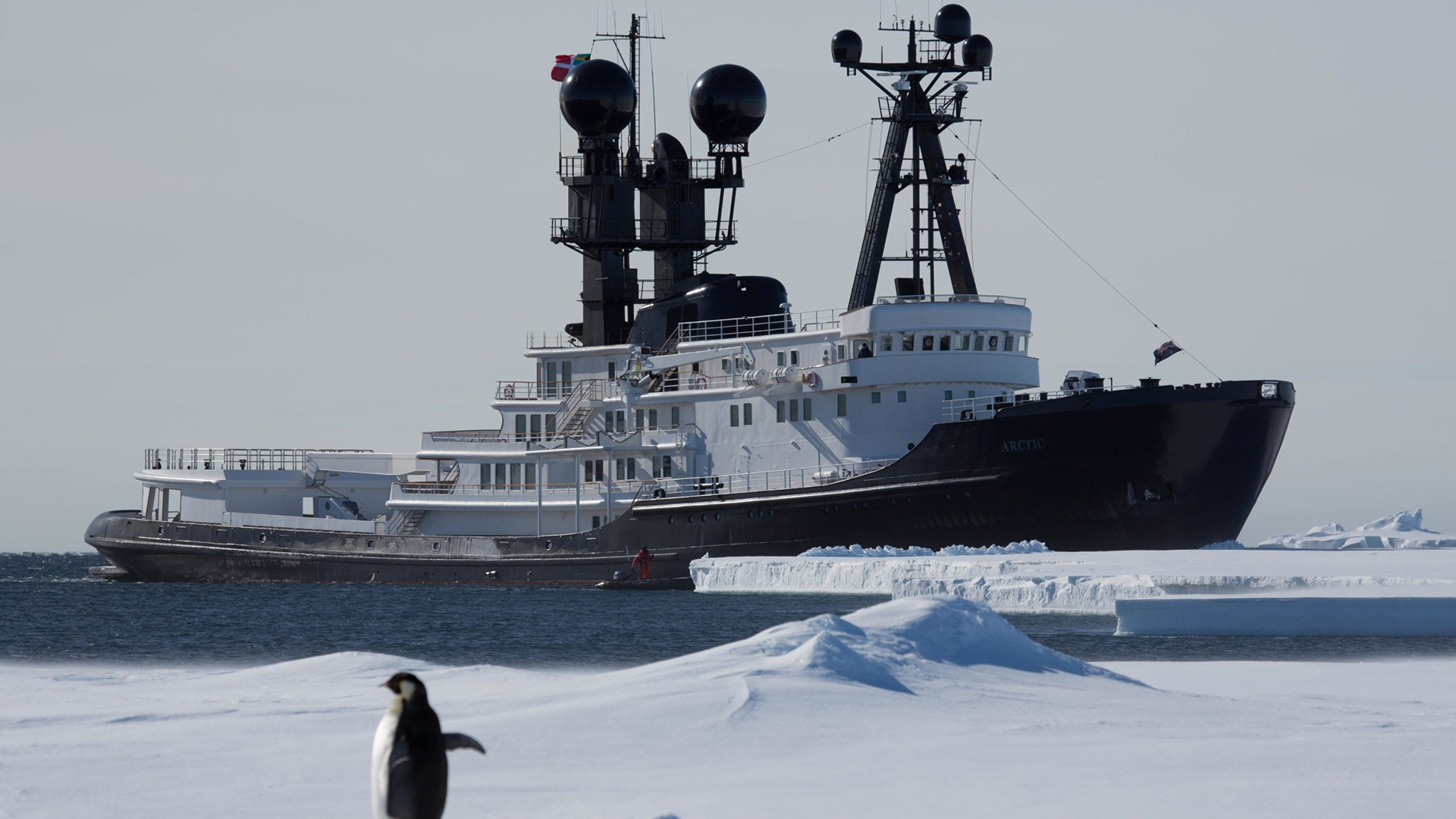
The Ross Sea, meanwhile, sits 2,400 miles south of New Zealand, a weeklong, technically challenging sail that provides a rare chance to visit the little-known Sub-Antarctic Islands (the Bounty Islands, the Antipodes, the Snares, the Auckland Islands, Campbell Island, and Macquarie Island) en-route. EYOS helped plan a record-setting expedition along this Ross Sea route; in 2015 a team led by co-founder Tim Soper sailed farther south than any other voyage on the yacht Arctic P.
This remoteness results in one of the most pristine marine ecosystems on the planet. The waters here are home to a dizzying array of creatures, from colossal squid to Antarctic toothfish, as well as various species of penguins, seals, and whales. These animals thrive in the nutrient-rich waters that circulate around the Antarctic continent and provide a vital food source for many of them. They also benefit from the world’s largest marine protected area (MPA). It is about 1.5 times the size of the largest national park on land and covers 600,000 square miles, of which 430,000 square miles is fully protected.
But the Ross Sea isn’t just a wildlife paradise; it’s also a geological wonderland. The sea floor is littered with volcanic vents, which release hot water and gases into the frigid waters above. These vents provide a unique habitat for bizarre creatures like the yeti crab and the Pompeii worm, which have evolved to survive in this extreme environment.
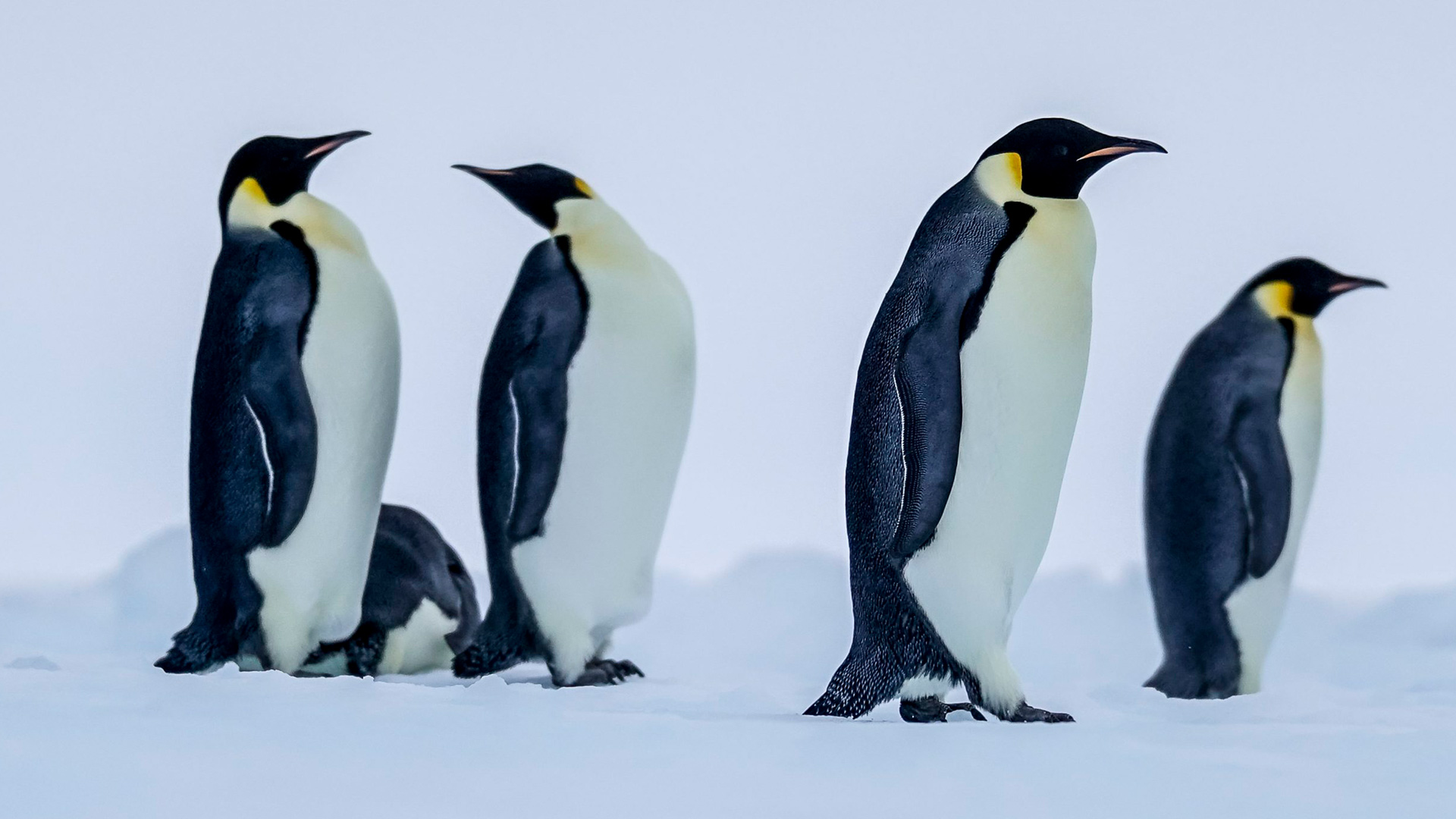
In addition to the volcanic vents, the Ross Sea is also home to the largest ice shelf in Antarctica, the Ross Ice Shelf. This massive ice formation covers an area roughly the size of France and is several hundred feet thick in places. It’s a stunning sight to behold, with towering ice cliffs and deep crevasses that reveal the ice’s age and history.
While the Ross Sea may not be as well-known as the more frequently visited Antarctic Peninsula, it’s a region that’s well worth exploring. Its remoteness and inaccessibility have helped to preserve its pristine natural beauty, and its unique geological features and abundant wildlife make it a place unlike any other.
